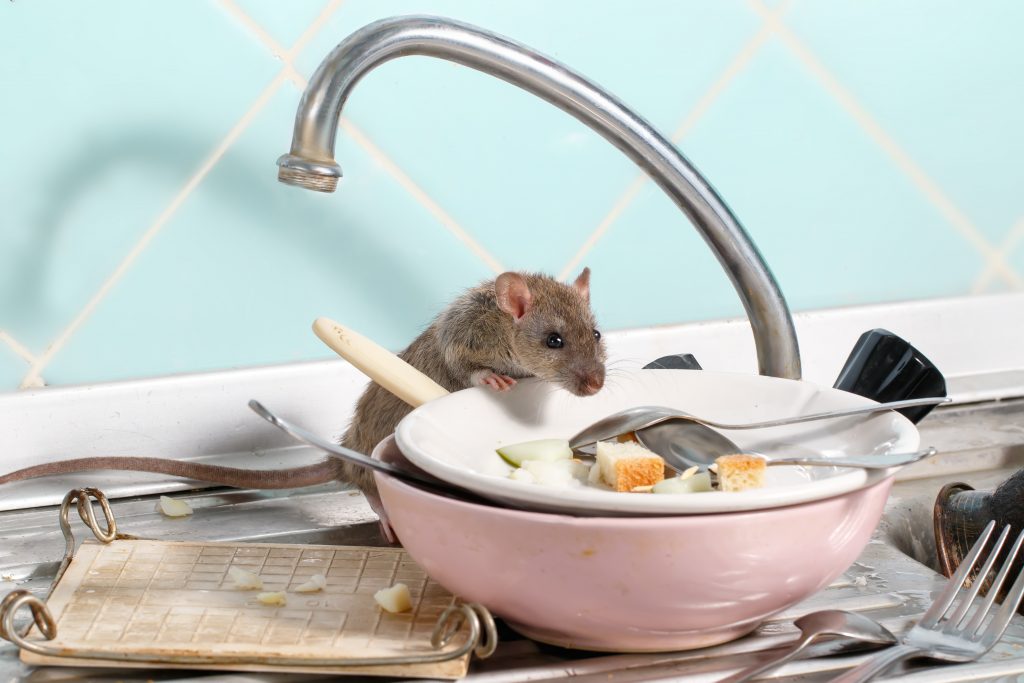Mice are a general frustration for everyone in the world while mice originate all over the world the house mouse, which is the common mouse all humans are used to, is native to Europe. For thousands of years, the house mouse lived with and invaded the food stores of the people of Europe, Eastern Europe and even Asia. As the world developed reliable international travel through sailing ships. These ships would eventually get large enough that mice and rats and other pests could hide in them for the long journey and then come out in another place where their species is not native. This is how the European house mouse made its way to America. There are, of course, native mice in Canada. In Ontario, most native mice are referred to as field mice. This is incorrect as the field mouse is a specific species. The other most common mouse is a deer mouse, so-called for its tendency to carry deer ticks which can pass on Lyme disease in both their adult and nymph stages. These mice did not evolve with humans. They did not have enough time with humans to do so. When they invade a home they do so through the attic, staying far away from humans and their food. They may feed on the seeds spilled from a bird feeder or even your garbage but these wild mice are mostly hunting for nuts and berries. They will harm your attic and risk a fire due to wire chewing so make sure to get them out if they are in there.

If you have a mouse infestation there are many options you can take. Some are natural, some are chemical and some are electronic. Here are a few of those methods. One recent invention that seemed very promising was the high-frequency noisemaker. Mice do hear sounds at a higher frequency than humans do but the creators failed to test it. The reality of this device is that it does make a sound mice should be able to hear but whether that sound is annoying is a question that has never been asked. Other options for natural treatments are spicy spices like chilli pepper and cayenne pepper. Mix with water and soap and spray all over the house. You can also use clove oil, peppermint oil and citronella oil. Combine them with soap and water and spray in areas of high activity. This should be highly effective in getting rid of mice but can be helped with chemical repellents sold at home hardware and the grocery store. Be very careful with solid poison. It can be safe if distributed correctly but can be a danger if you have children or pets.

